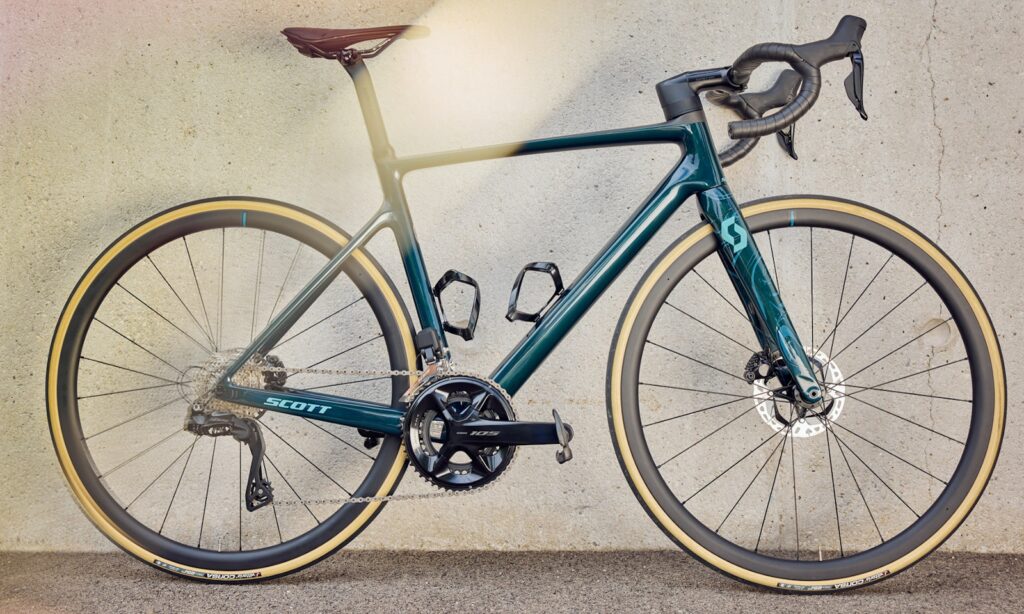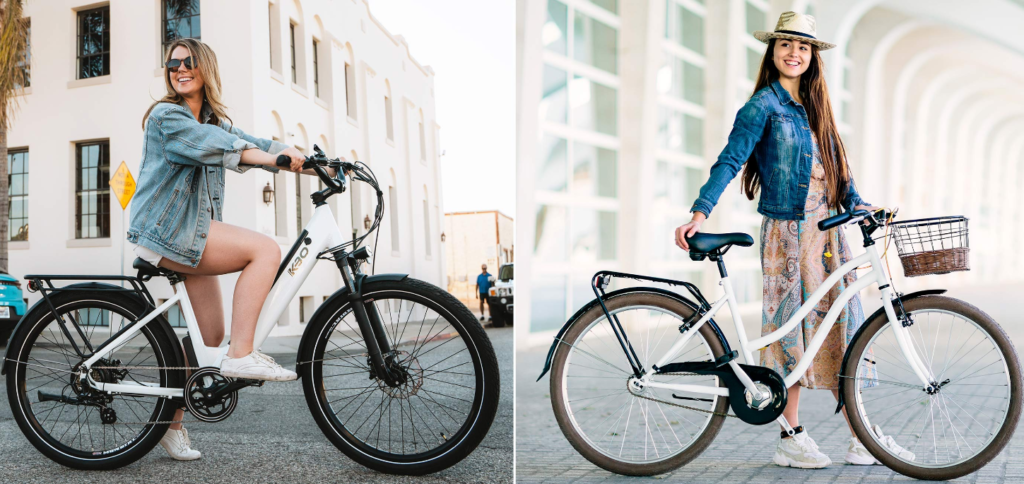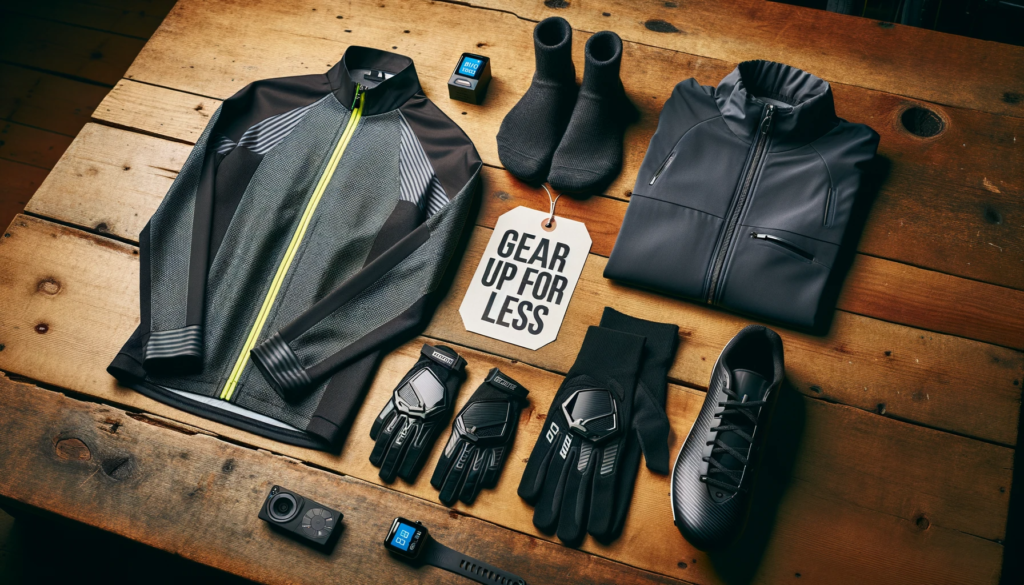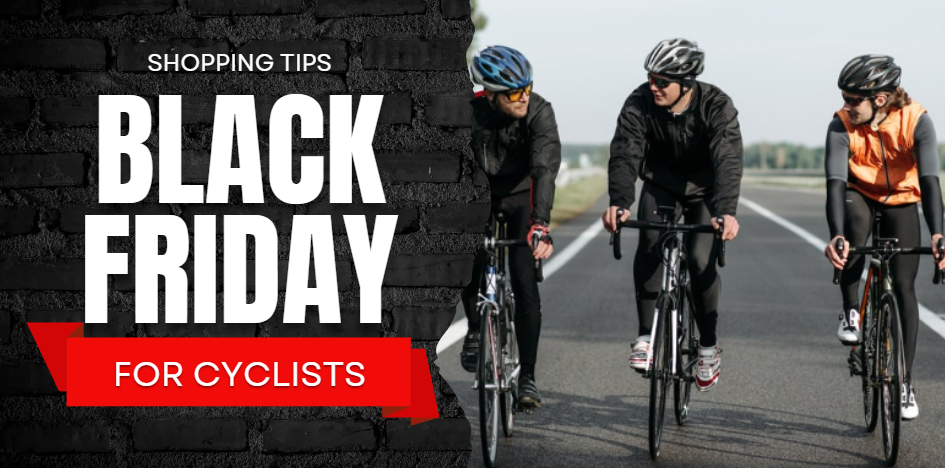Buying a road bike is an exciting step toward enjoying the open road. But with so many options, it can feel overwhelming. Don’t worry—I’m here to help you figure it out.
When buying a road bike, consider your budget, desired features, intended use, and proper fit for a comfortable ride. A road bike is a significant investment, so it’s essential to choose one that meets your specific needs and preferences.
Whether you’re a beginner or an experienced rider, selecting the right road bike can enhance your cycling experience and performance.
This guide walks you through what to consider when buying a road bike. We’ll cover everything from the type of bike to the components, fit, budget, and more. By the end, you’ll feel confident picking a bike that’s perfect for you.
Let’s dive in!
Choosing the Right Type of Road Bike
First things first: what kind of road bike do you need? Not all road bikes are the same. Each type is built for a specific purpose. So, think about how and where you’ll ride most often. Here’s a quick rundown of the main options:
- Endurance Bikes: These are all about comfort. They have a relaxed design, letting you sit more upright. This reduces strain on your back and neck. They’re perfect for long rides or multi-day trips.
- Race Bikes: Love speed? Race bikes are for you. They put you in an aggressive, aerodynamic position to go fast. Competitive riders or anyone wanting to push their limits will enjoy these.
- Gravel Bikes: If you like adventure, gravel bikes handle mixed terrain. They come with wider tires and a tougher build. Great for dirt paths or gravel trails.
- Touring Bikes: Planning a big trip with gear? Touring bikes have racks and mounts for bags. They’re sturdy and comfy—ideal for bike packing.
Ask yourself: How far will I ride? Will I stick to paved roads or explore off-road? If you’re unsure, an endurance bike is a solid, versatile pick.
Key Components To Evaluate
Next, let’s talk about what makes a bike tick: its components. These parts affect how the bike rides, how much it weighs, and how much it costs. Here’s what to look at:
Frame Material
The frame is the bike’s backbone. It comes in different materials, each with upsides and downsides:
- Carbon Fiber: Super light and stiff. It also smooths out road bumps. But it’s pricey.
- Aluminum: Affordable and still light. It’s less comfy on rough roads, though.
- Steel: Tough and gives a smooth ride. It’s heavier than carbon or aluminum.
- Titanium: Light, strong, and comfy. The catch? It costs a lot.
Your choice depends on your budget and priorities—speed, comfort, or durability.
Groupset
The groupset covers gears, shifters, derailleurs, and brakes (sometimes). Big brands like Shimano, SRAM, and Campagnolo make them. They range from basic to pro-level.
- For new riders, a mid-range option like Shimano 105 or SRAM Rival works well. It’s reliable without breaking the bank.
- High-end groupsets are lighter and shift smoother. But they’re expensive.
Wheels and Tires
Wheels impact speed and weight. Deeper rims help you cut through the air faster, but they might weigh more. Tires matter too. Narrow ones (23-25mm) are speedy on smooth roads. Wider ones (28mm+) give more comfort and grip.
Brakes
You’ve got two main choices: rim brakes or disc brakes. Disc brakes stop better, especially in rain. They’re taking over on newer bikes. Rim brakes are lighter and cheaper but less powerful when wet.
Other Bits
Don’t skip the saddle and handlebars. A comfy saddle makes long rides enjoyable. Handlebars should match your shoulder width for control and comfort.
When picking components, balance your budget with quality. Good parts now save you from costly upgrades later.
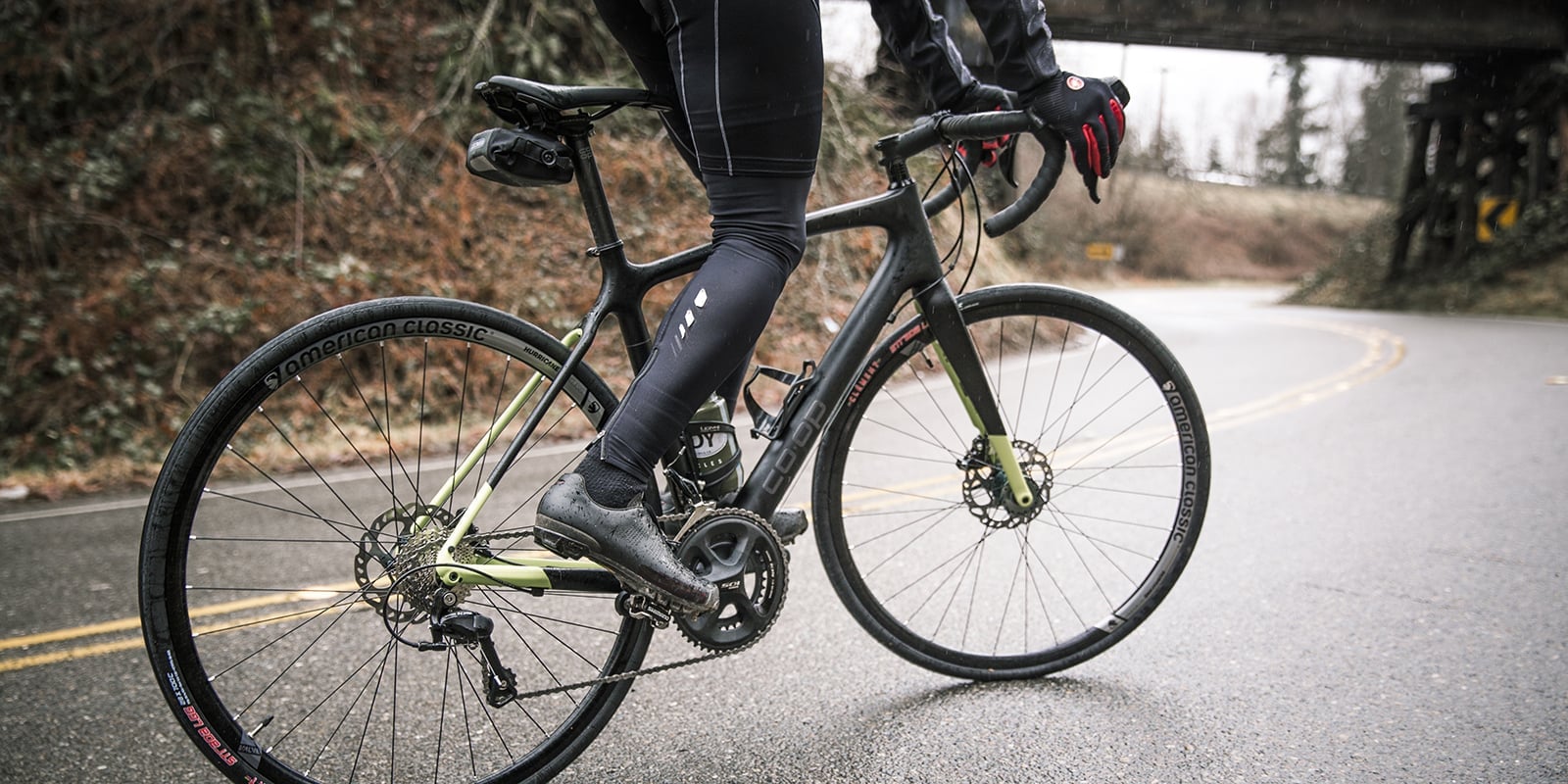
Credit: www.rei.com
Ensuring the Perfect Fit
A bike that doesn’t fit is no fun. It can hurt your body or even cause injury. Fit is everything. Here’s how to get it right:
Frame Size
Check the manufacturer’s size chart. It’s usually based on height. For example, if you’re 5’6” to 5’9”, a 54cm frame might work. But height isn’t the whole story. Your inseam and arm length play a role too.
Saddle Height
Set the saddle so your leg is almost straight at the bottom of the pedal stroke. Keep a slight bend in your knee. Too high or too low, and you’ll feel it.
Reach
The distance from saddle to handlebars should feel natural. You shouldn’t strain your back or shoulders to reach. Test it out while seated.
A professional bike fitting at a shop is the gold standard. They tweak everything to your body. If that’s not an option, at least stand over the frame. You should have a couple of inches of clearance. And make sure you can reach the bars comfortably.
Budgeting for Your Bike
Road bikes vary wildly in price. You can spend hundreds or thousands. Set a budget that fits your wallet. Here’s what you’ll get:
- Entry-Level ($500-$1,000): Perfect for beginners. Usually aluminum frames with basic components. Fine for casual rides.
- Mid-Range ($1,000-$3,000): Better parts, maybe a carbon frame. Great for enthusiasts or club riders.
- High-End ($3,000+): Top-notch everything—light frames, pro-level components. For serious cyclists or those who want the best.
Don’t forget extras. Helmets, pedals, shoes, and maintenance add up. Also, think about whether you want cash left for future upgrades.
Researching and Selecting a Brand/Model
With tons of brands and models, picking one can feel tough. Take it slow. Here’s how to narrow it down:
Research Brands
Some big names are Trek, Specialized, Cannondale, Giant, and Bianchi. Each has its strengths. Dig into what they’re known for—durability, speed, or value.
Read Reviews
Check cycling magazines, websites, and forums. Riders share real experiences about comfort, reliability, and performance. Look for patterns in what people say.
Test Ride
If you can, visit a bike shop and ride a few. Feel how they handle. Does it match your style? A test ride beats guessing.
After-Sales Support
Look at warranties or free tune-ups. Good service after buying keeps your bike rolling smoothly.
Take your time here. The right bike feels good and fits your needs.
Maintenance And Service Considerations
When buying a road bike, it’s important to consider the warranty and support offered by the manufacturer. Look for a bike that comes with a solid warranty and reliable customer support, as this can save you time and money in the long run.
Additionally, consider the ease of maintenance. Opt for a bike that is easy to maintain, with accessible parts and simple upkeep requirements. This will ensure that you can keep your bike in top condition without a lot of hassle.
By prioritizing warranty, support, and maintenance, you can make a smart investment in a road bike that will serve you well for years to come.
Frequently Asked Questions
What To Look Out For When Buying A Road Bike?
When buying a road bike, there are a few things to keep in mind. First, consider your budget and what you’ll be using the bike for. Look for a frame that fits your body and a comfortable saddle. Pay attention to the components, such as gears and brakes, and make sure they’re appropriate for your needs.
Finally, test ride the bike to ensure it’s a good fit.
How To Identify A Good Road Bike?
To identify a good road bike, consider factors like frame material, gearing system, weight, comfort, and price. Look for brands with good reputation and positive customer reviews. Test ride multiple bikes to find one that feels comfortable and suits your riding style.
Does An Expensive Road Bike Make A Difference?
Yes, an expensive road bike can make a difference in terms of lighter weight, better components, and improved performance.
How Do You Try Out A Road Bike?
To try out a road bike, adjust the seat height, test the brakes, shift gears, and take a test ride to assess comfort and handling.
Conclusion
Buying a road bike is a big deal, but it doesn’t have to stress you out. Focus on these key points: pick the right type, check the components, nail the fit, set a budget, and research brands.
Do that, and you’ll land a bike you love riding. It’s all about finding what works for you—your style, your goals, your life. Now, go out there, make your choice, and hit the road.

